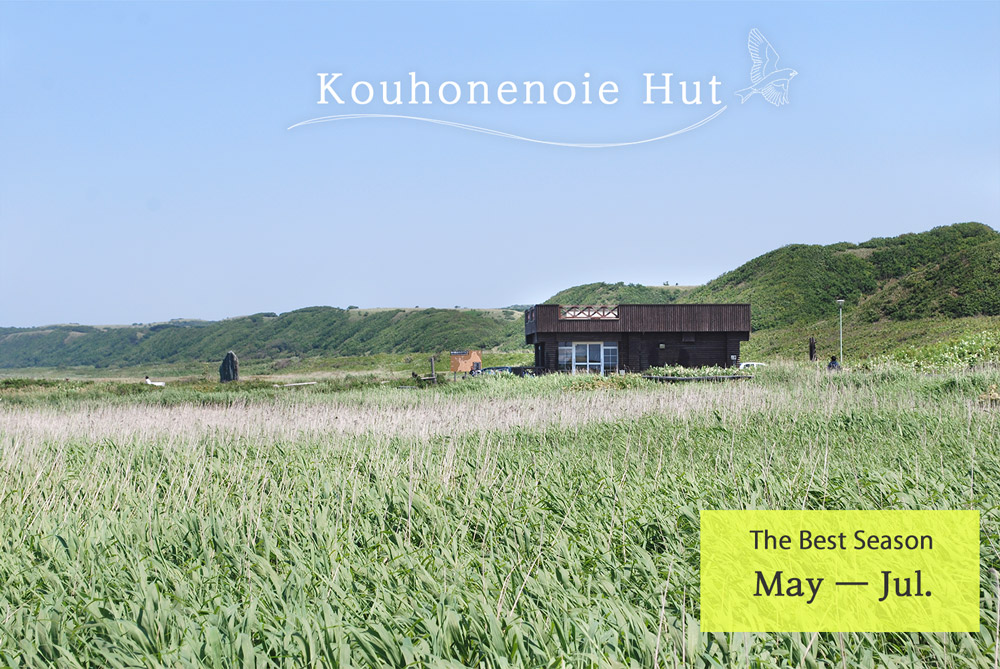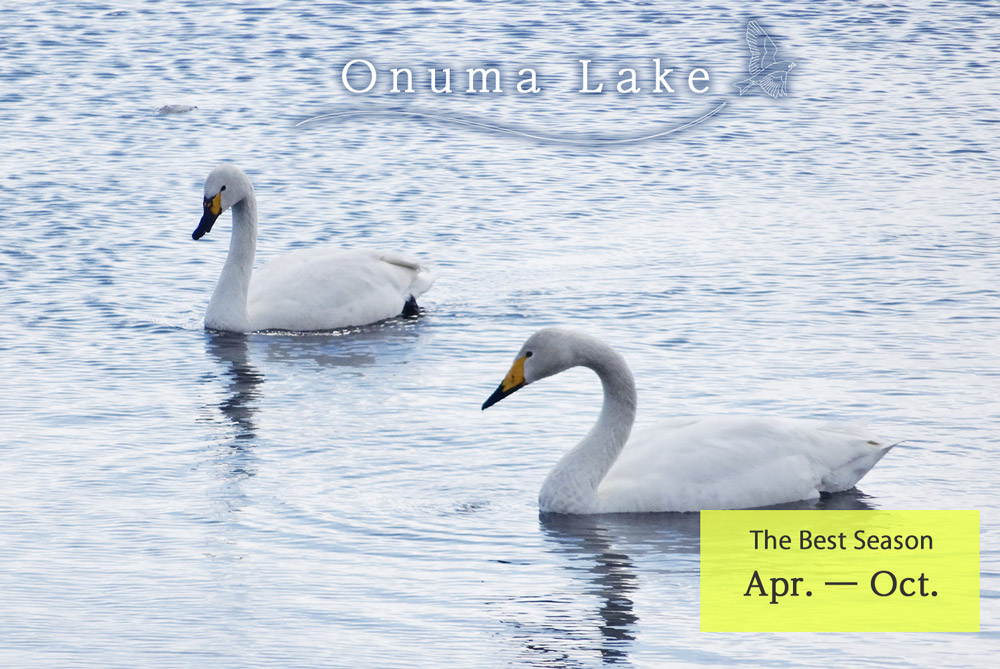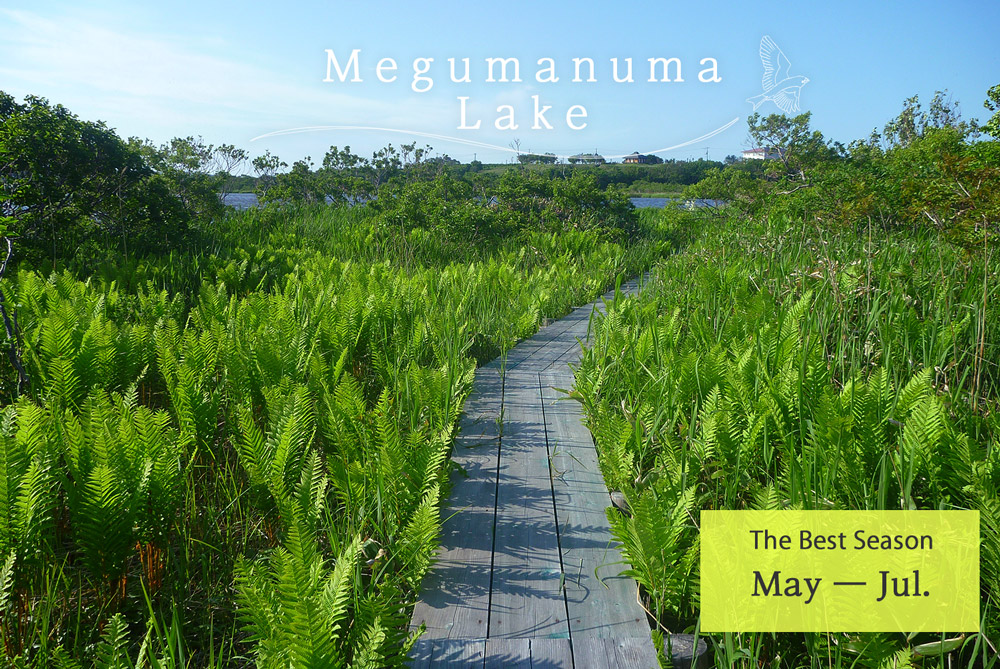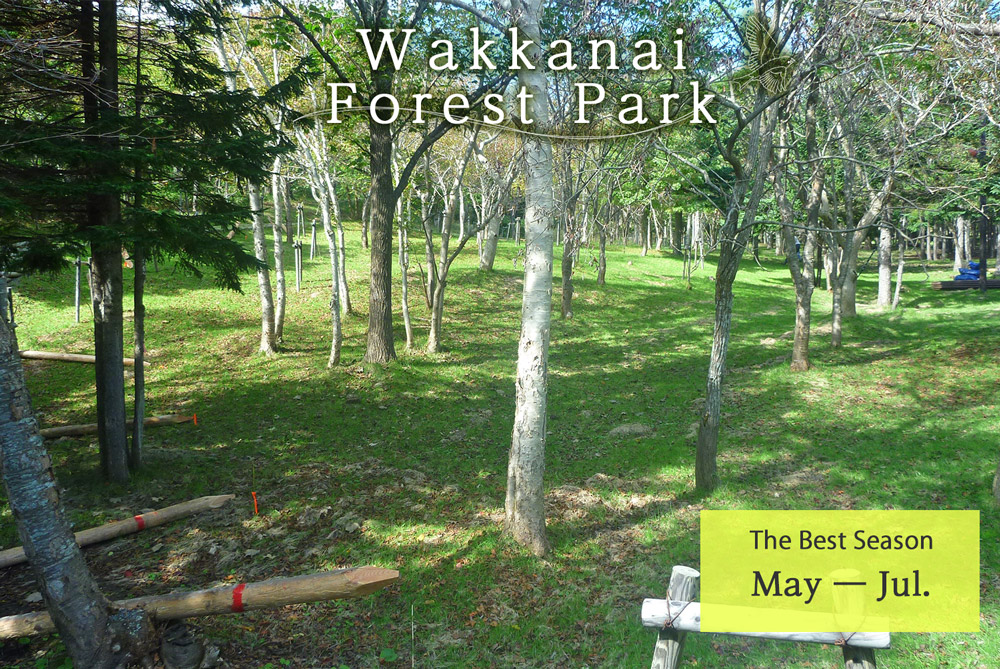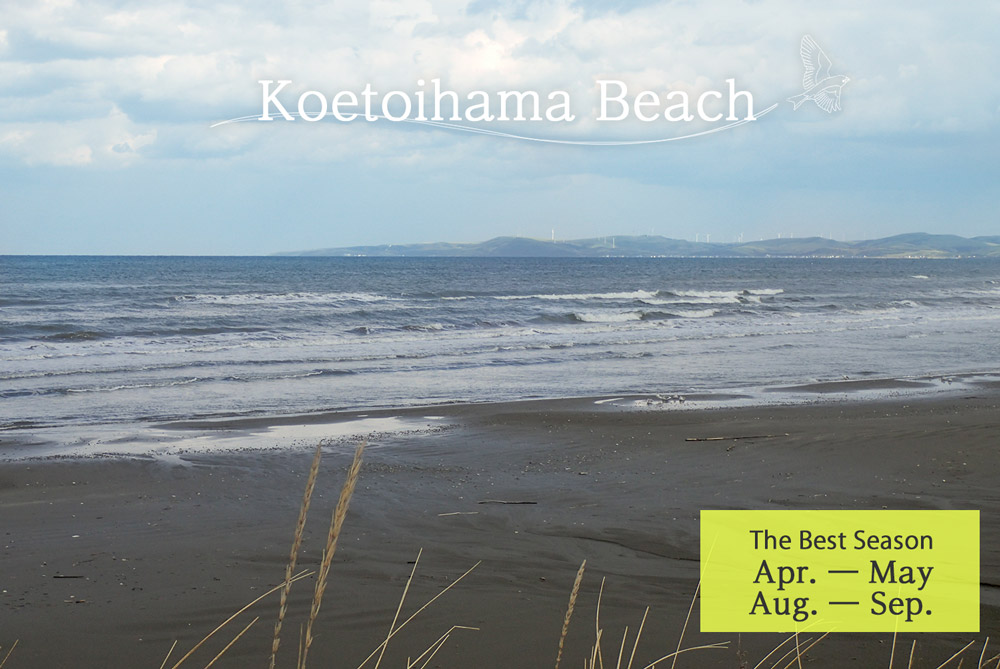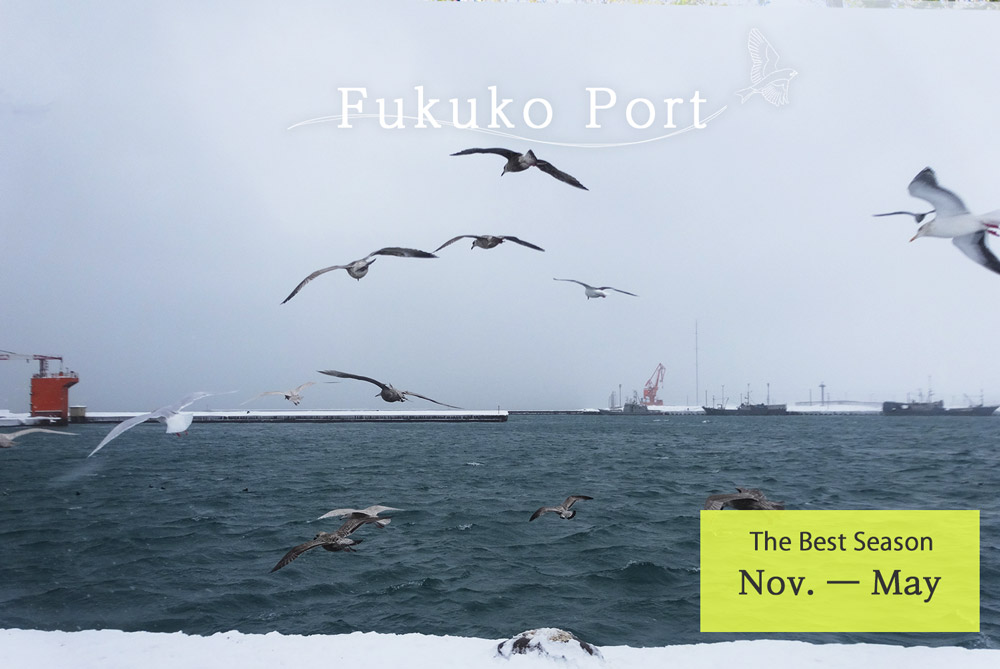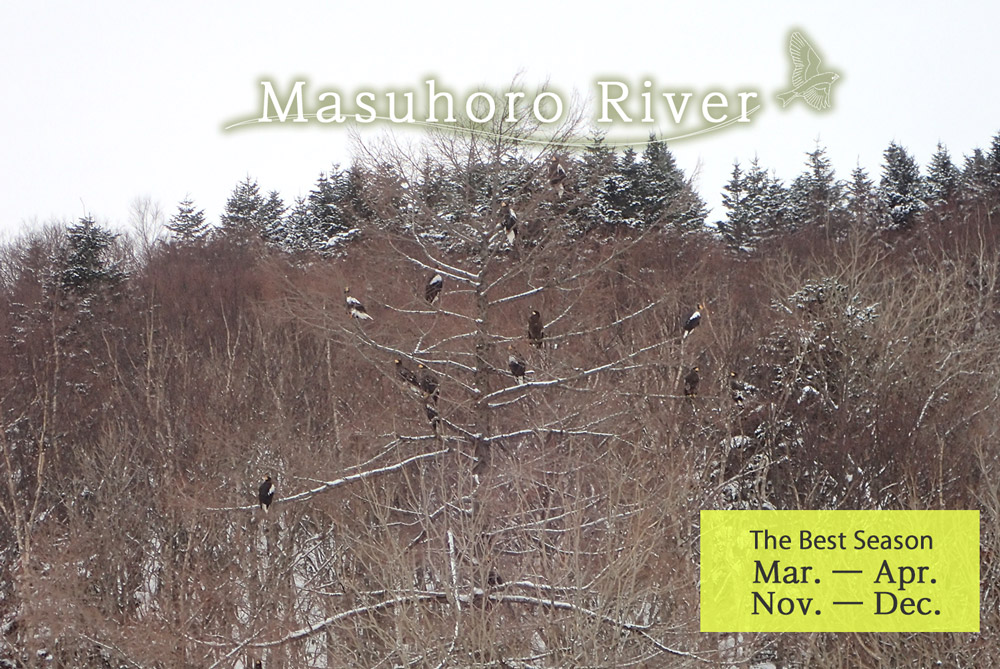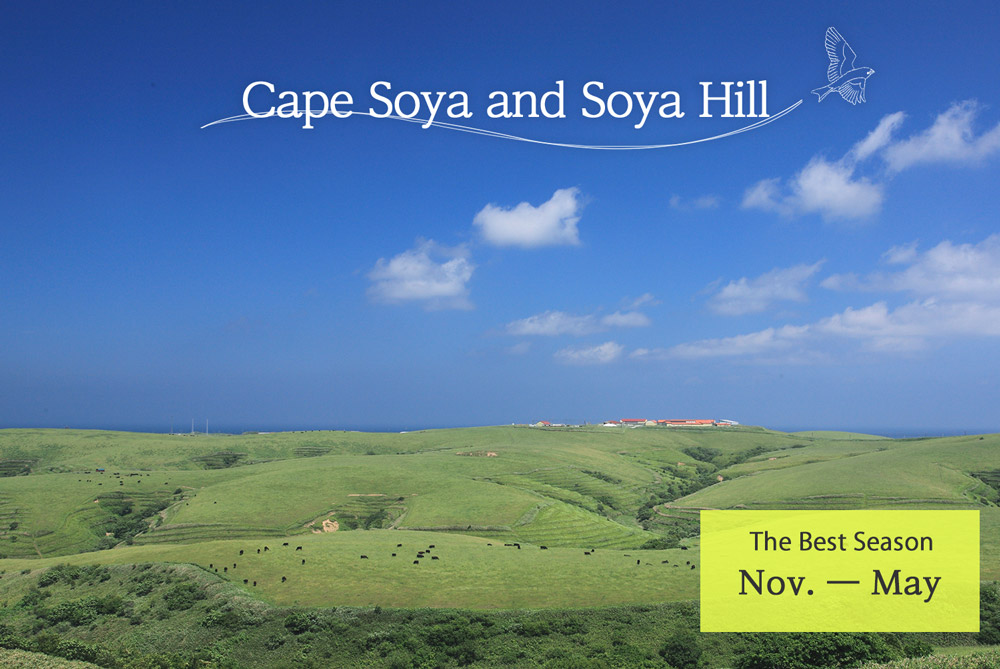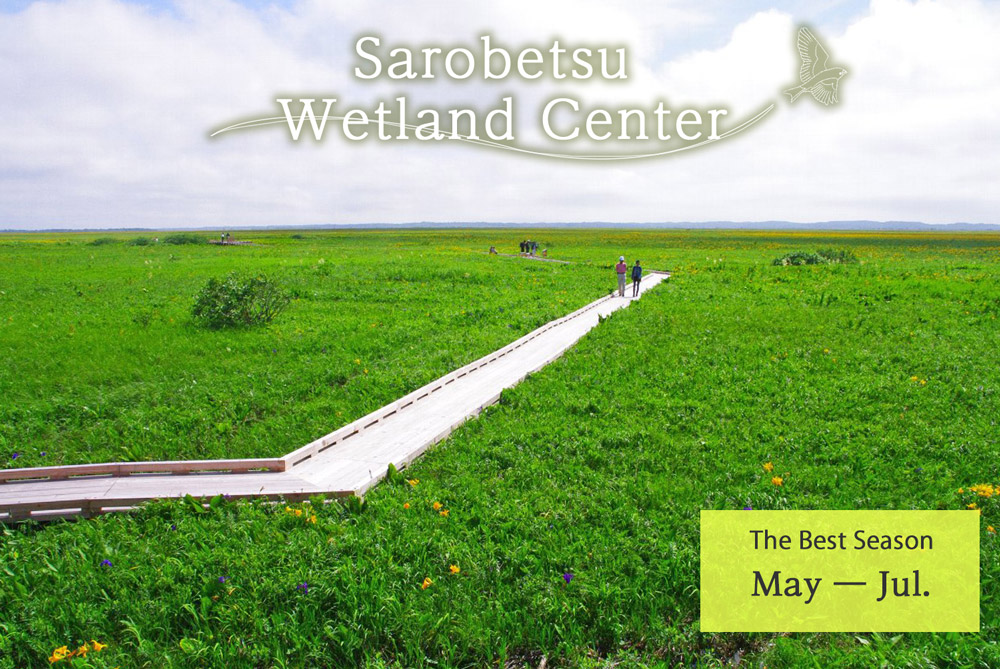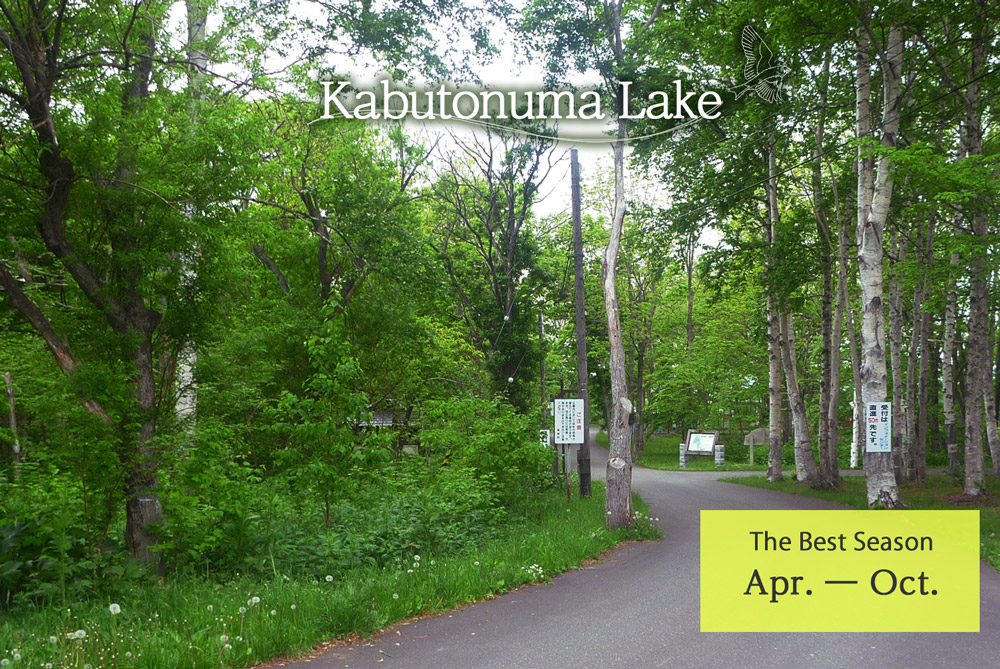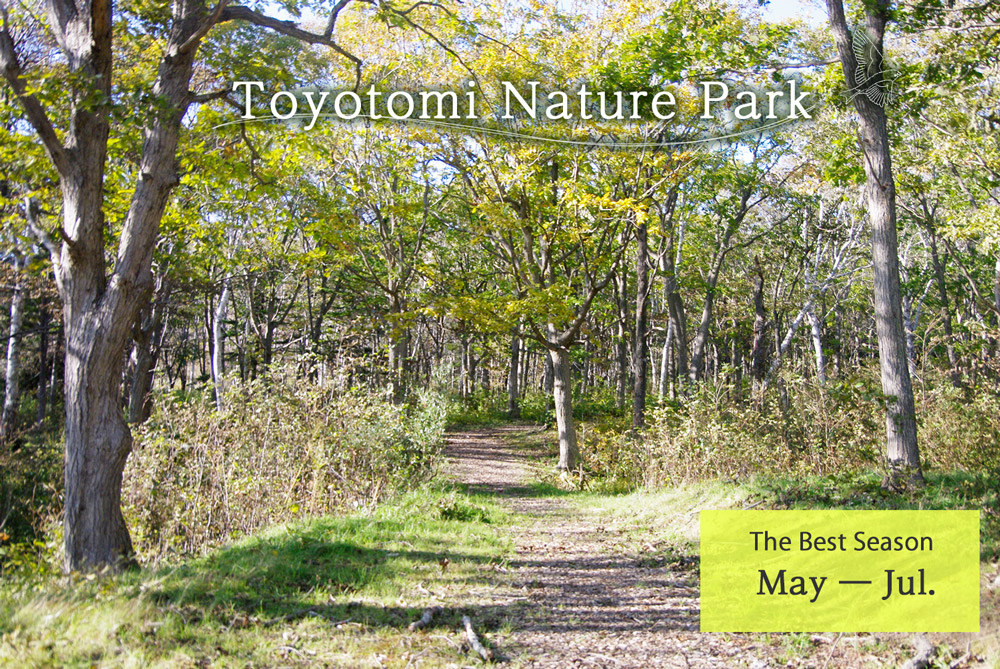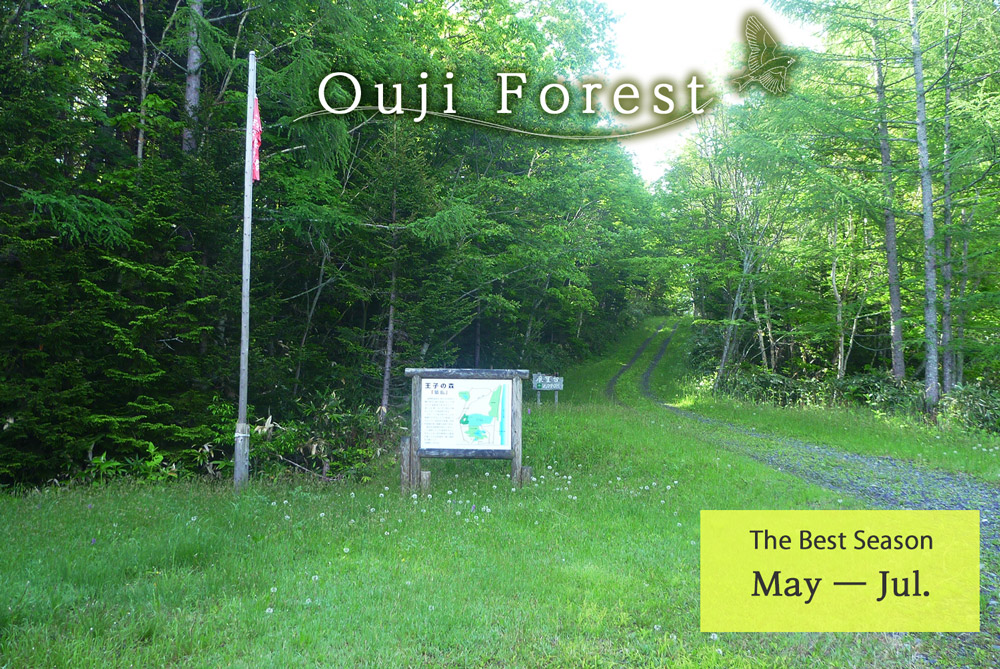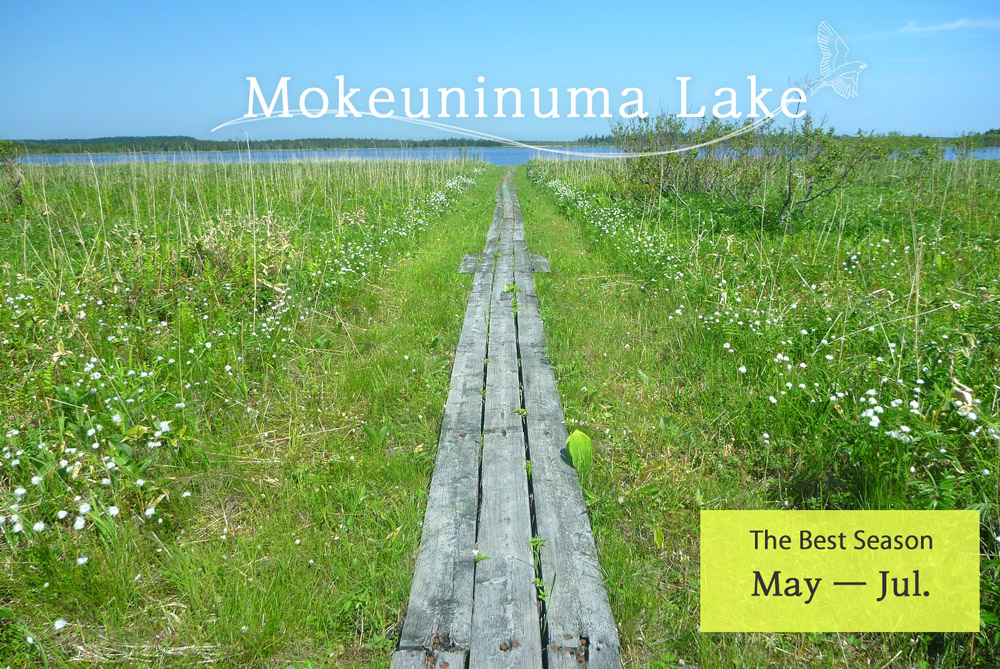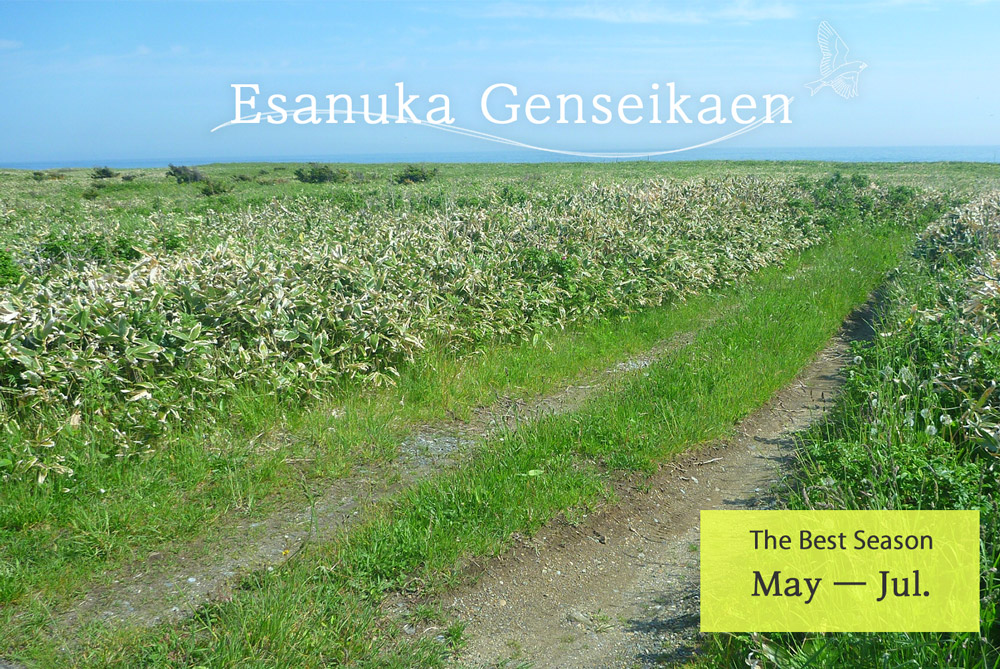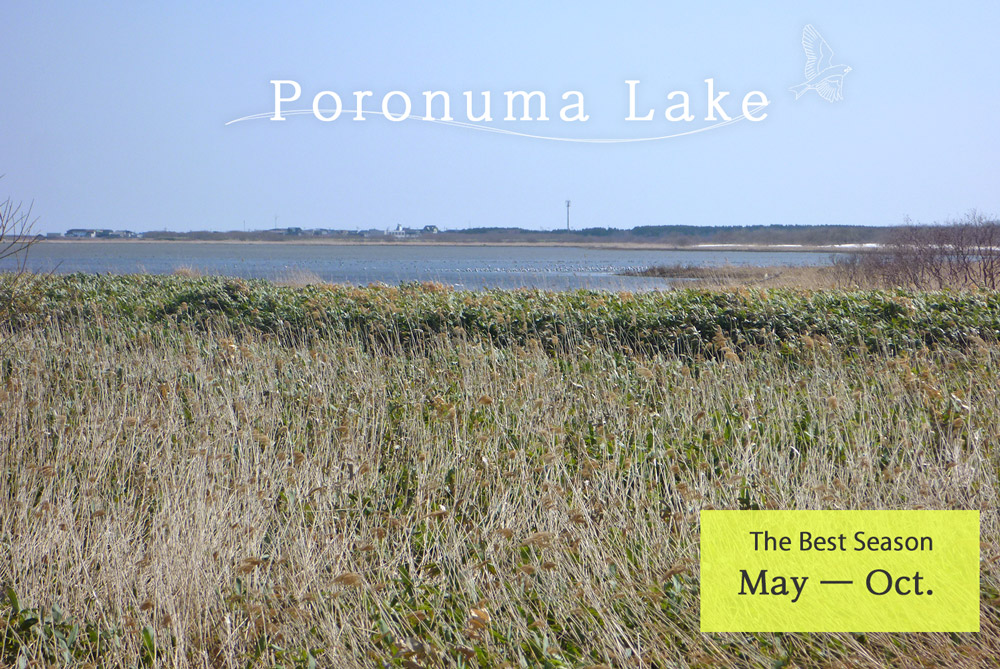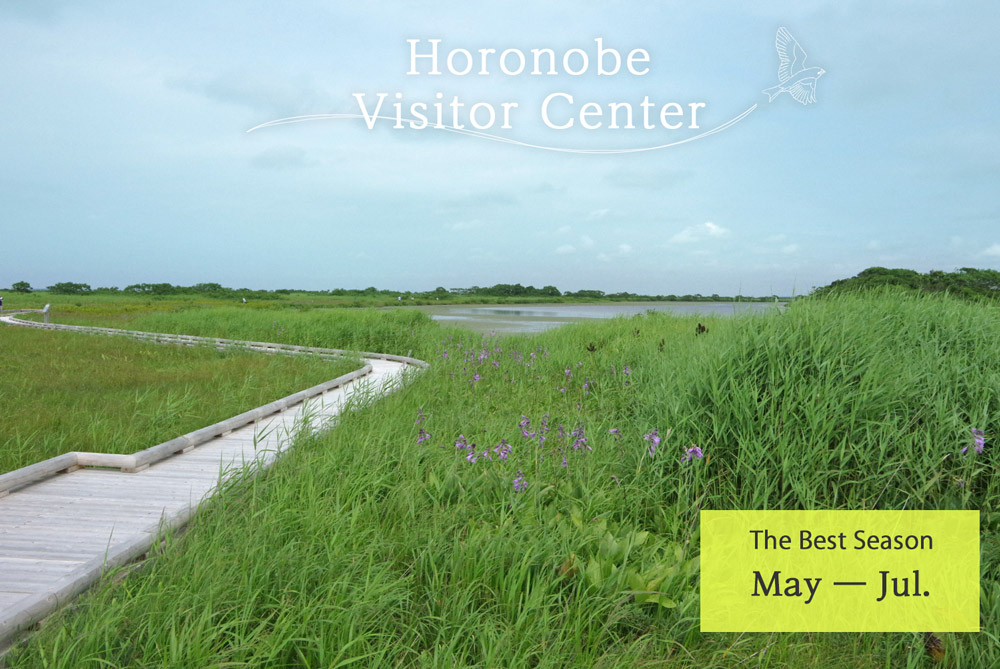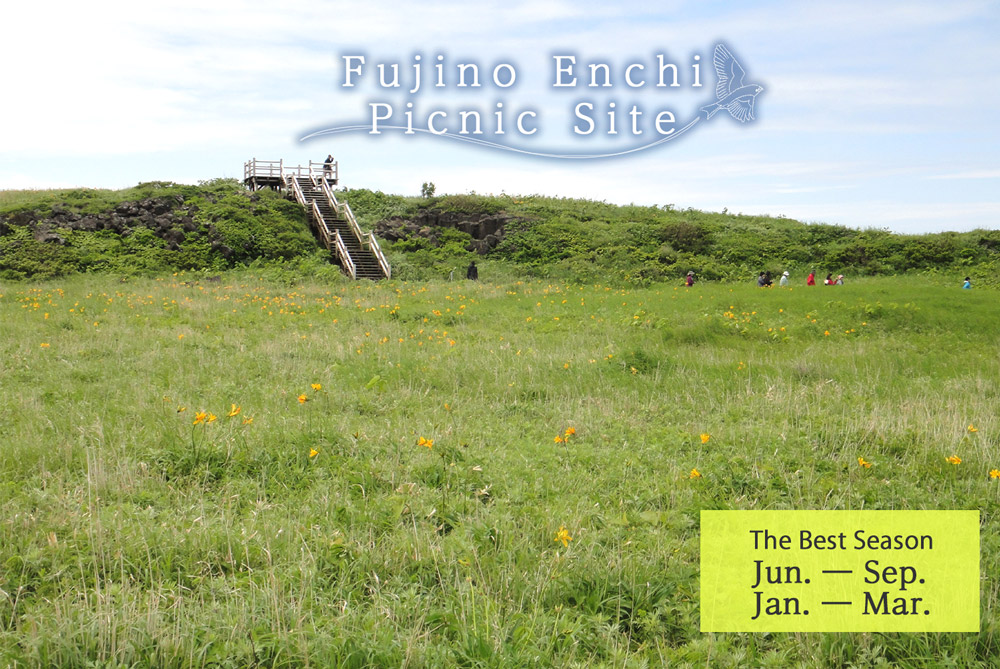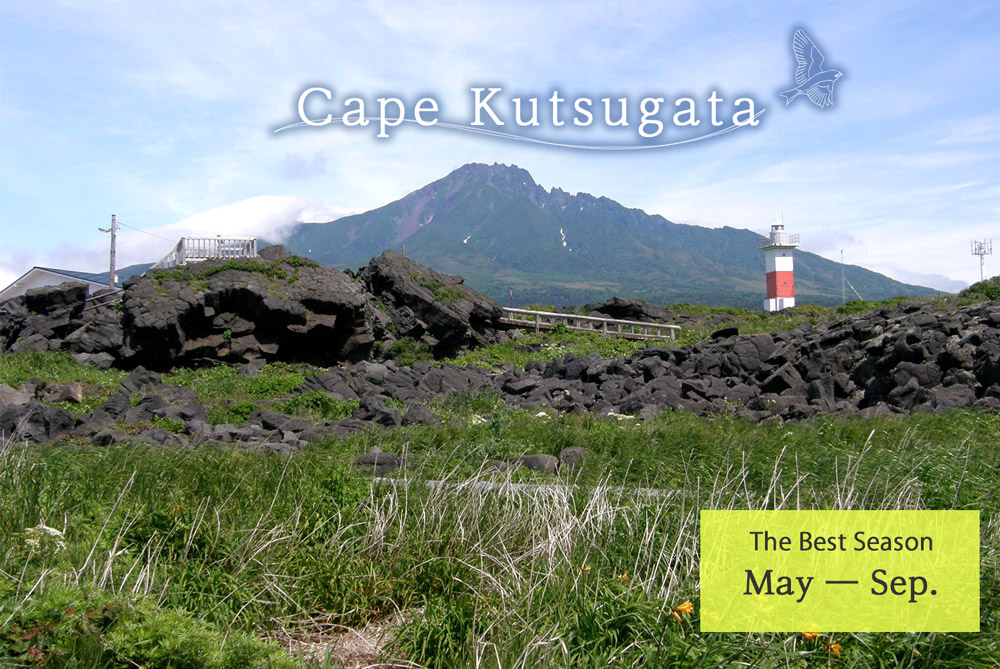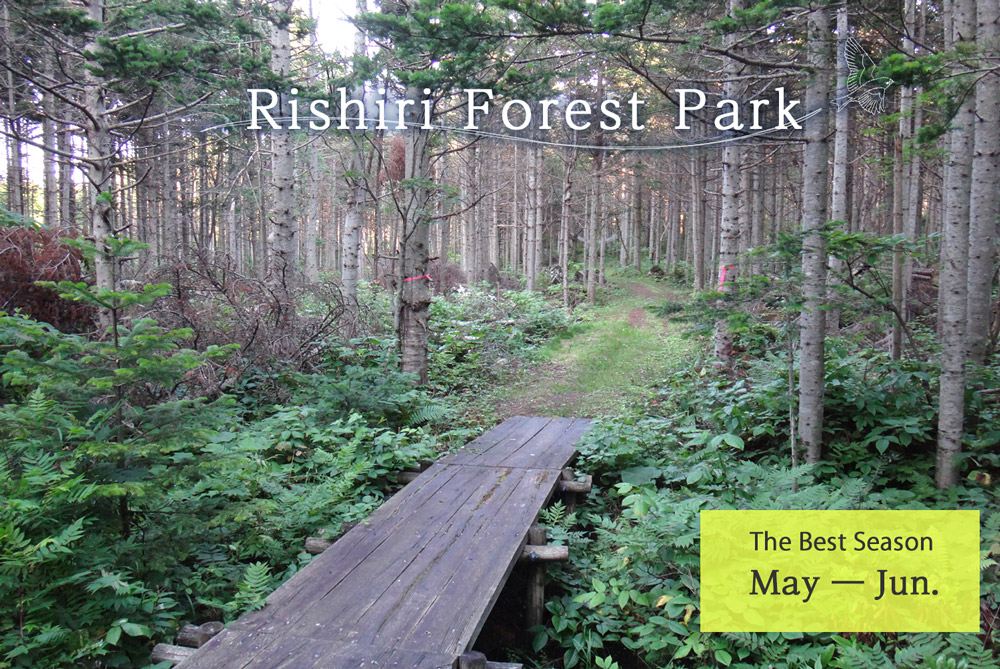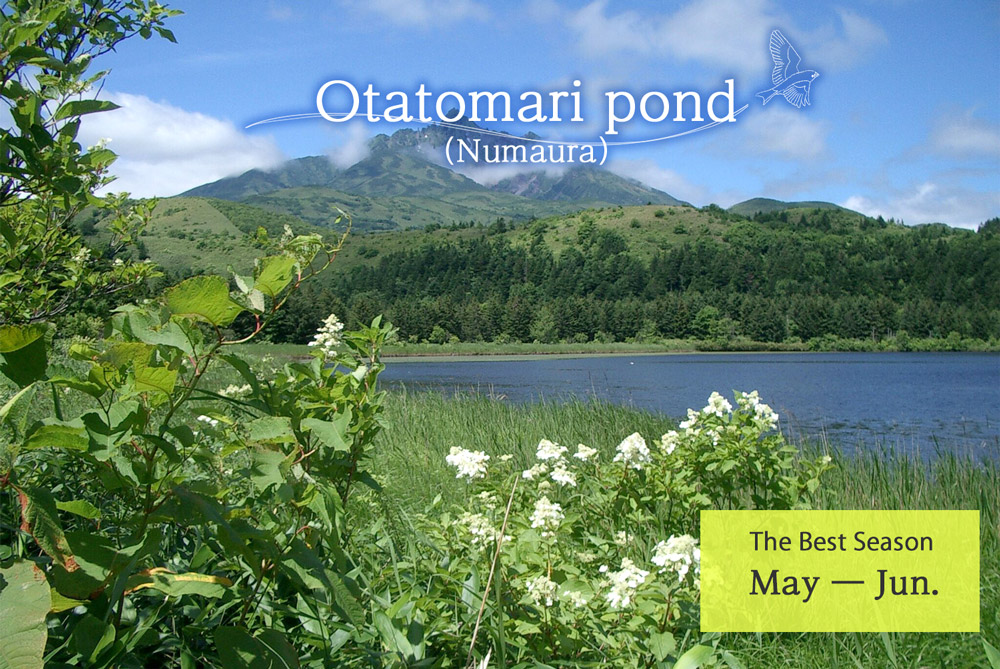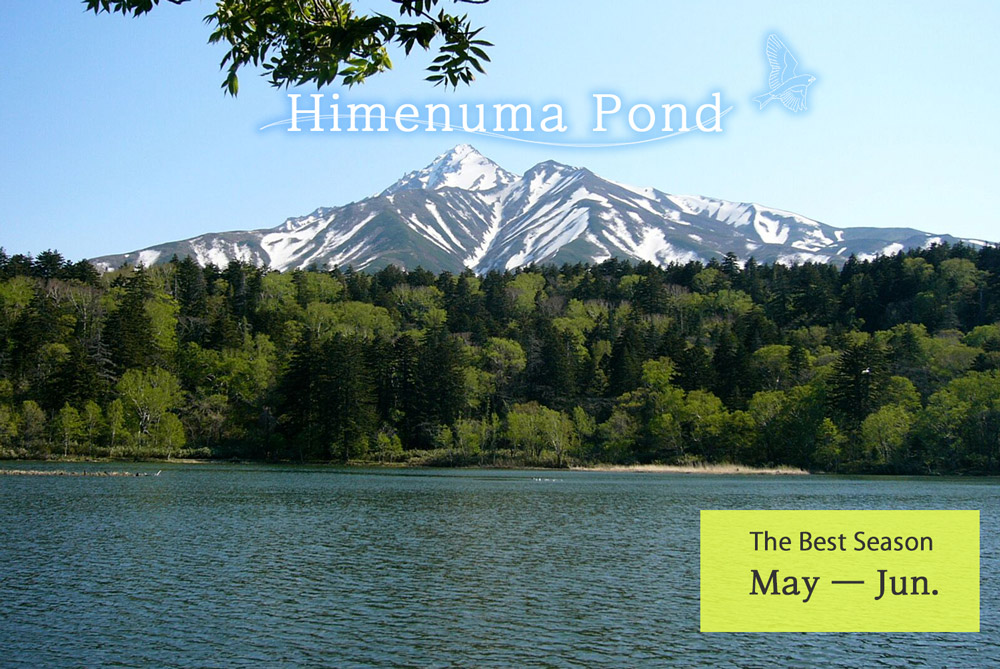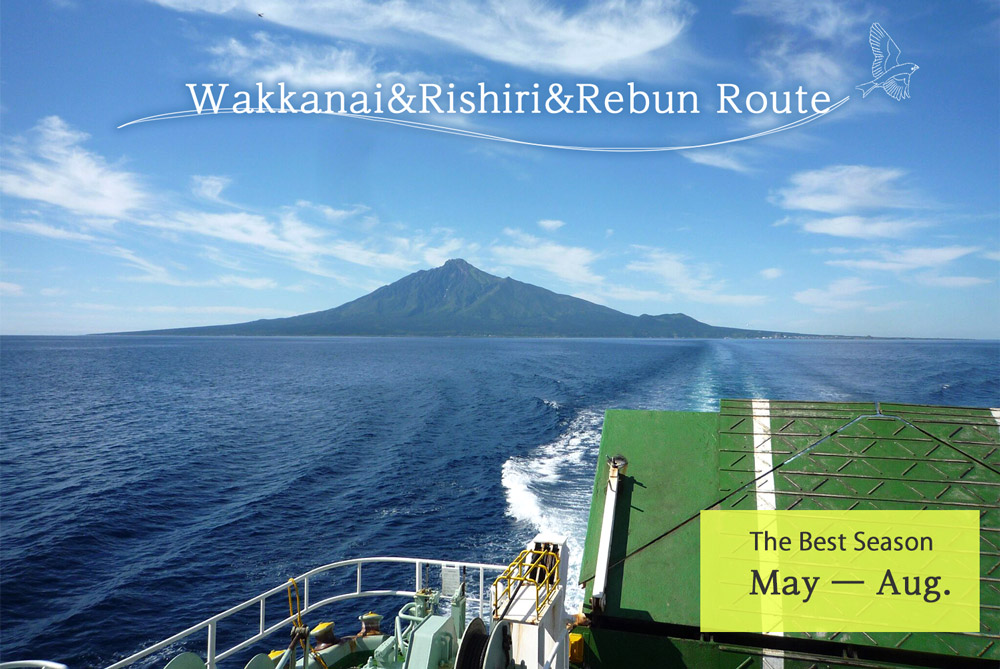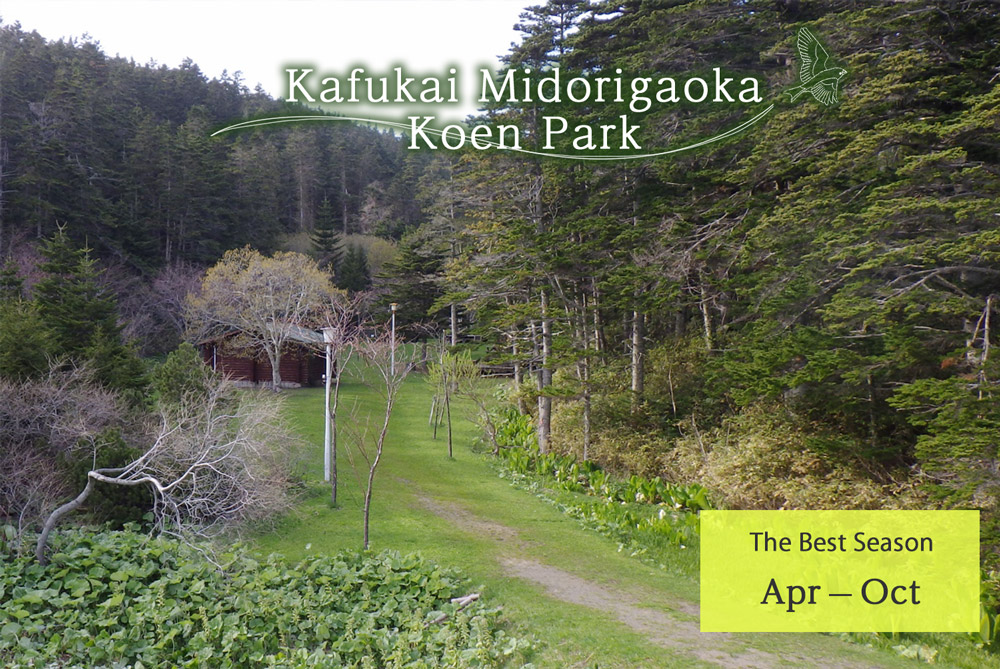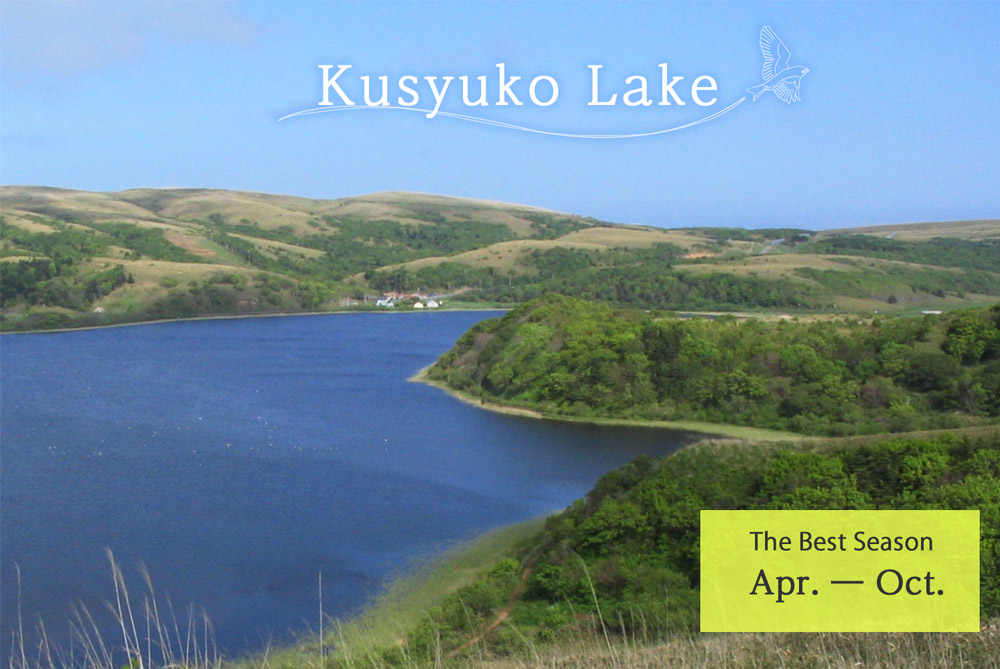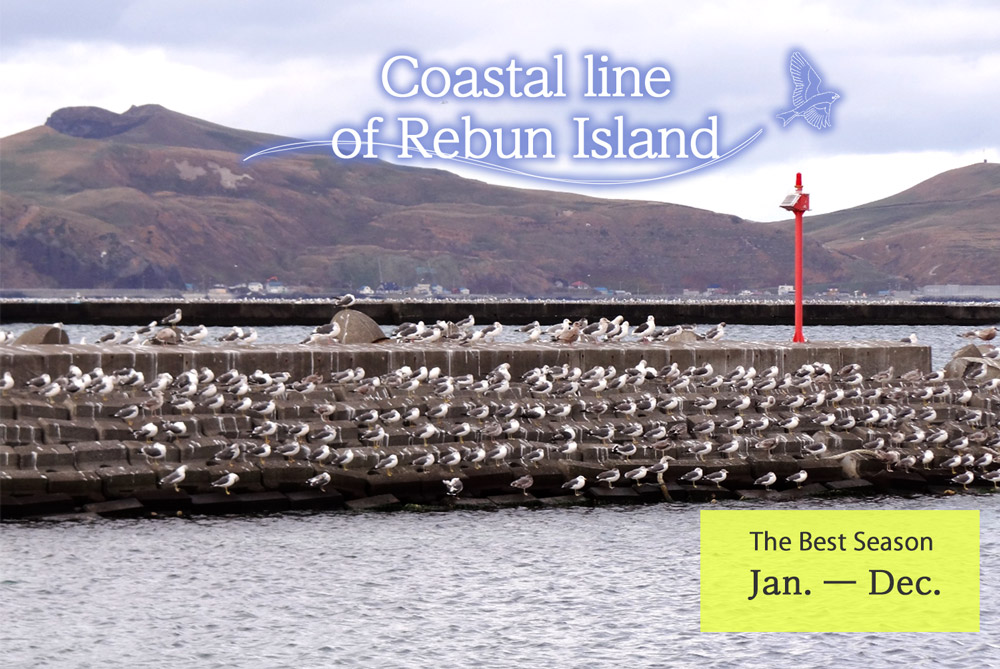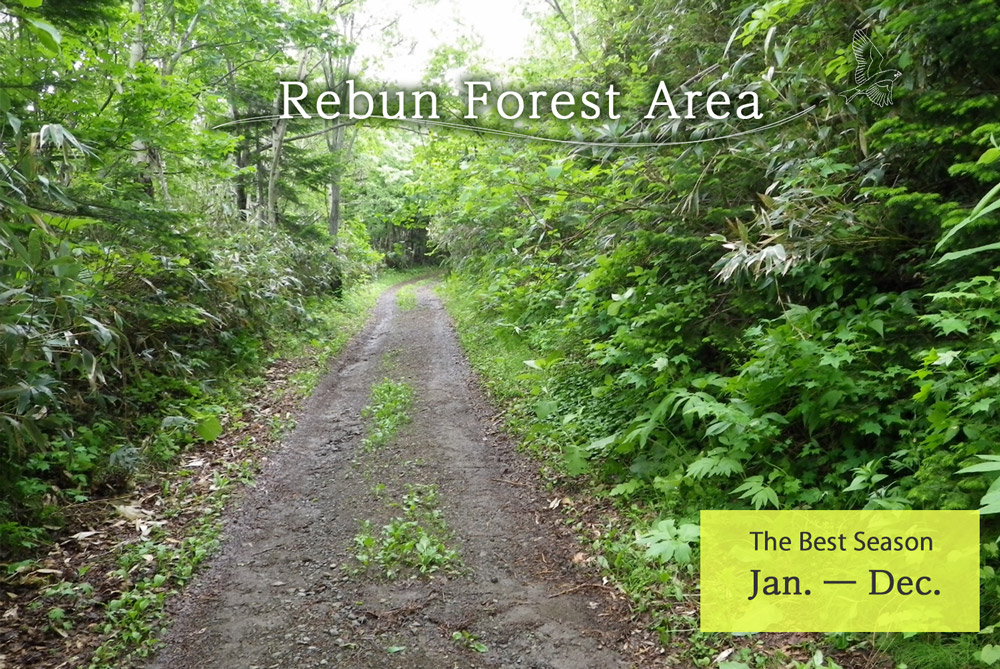Birds in Wakkanai
In Wakkanai, various types of birding sites, grasslands, wetlands, lakes and beaches are available. Waterfowl bidring sites in coastal area are the most, but you can watch Passerine birds on foot mainly in summer.
Birds in Toyotomi
In Toyotomi, there are Sarobetsu Wetland Center, Kabuto-numa lake, and infamous Toyotomi Nature Park as birding sites.
Birds in Sarufutsu
In unfamous Sarufutsu Village compared with Sarobetsu, many birding sites consisted of wetland, coastal grasslands, and ponds and lakes are scattered. Especially, in Poronuma lake, there are as many Ducks, Geese and Swans as Ramsar Wetlands.
Birds in Horonobe
Horonobe Town is located in the southern part of Sarobetsu Wetland, and has Horonobe Visitor Center and Board Walk. April-May and September-October is the migratory season for Ducks, Geese and Swans, and you can watch White-fronted Geese and Bean Geese in pasture land around Penkenuma Lake and Ducks in the river.
Birds in Rishiri
Rishiri Island has Mt. Rishiri at the center, and its circumference is 60km and consists of diverse environment such as coastal line, grassland, lakes, forest and alpine area. In Rishiri Island, you can watch diverse birds depending on each environment in year-round. You can watch the most diverse birds in spring migratory season, from the middle of April to May. This time is the main season when stray birds, including Chaffinch recorded for the first time in Japan, can be observed. As other stray birds firstly recorded in Japan, Azure Tit and Eversmann’s redstart was observed in the autumn migratory season from October to November. So if you want to watch stray birds, the autumn is also recommended for birding, though the number of birds is not many. The round island route is well developed so that it’s good to look for the bird in various environment along the route. Rent a bicycle is available.
Birds in Renbun
Many tourists visit to Rebun Island, as an alpine flower island including coastal areas, for flowers from June to July. April-May, when snow melting starts, and the middle of September-the beginning of November in autumn is recommended for birding. In these seasons, the migratory Birds, which you have almost no chance to see in Honsyu and Hokkaido mainland, such as Eurasian Hoopoe, Yellow Wagtail, Snow Bunting, Lapland Longspur and Common redpoll, pass through Rebun Island. The birds inhabit in high altitude of Honshu such as alpine area and highland, Olive-backed Pipit, Japanese Robin, Siberian Stonechat, Grey Bunting and Spotted Nutcracker visit as summer birds here. It is surprising that these summer birds can be also observed even in low land of Rebun. Though in winter the number of terrestrial birds reduces, White-tailed Eagle, Steller’s sea Eagle, Glaucous Gull and Glaucous-winged Gull visiting coastal area encourages bird watchers.
As transportation in Rebun Island, car or rent a car is convenient. If you are fit enough to walk for a long time, the local bus is another choice. You should prepare your wear enough to cope with the coldness in the migratory seasons, because the temperature often get less than 10℃ and even it is snow.

